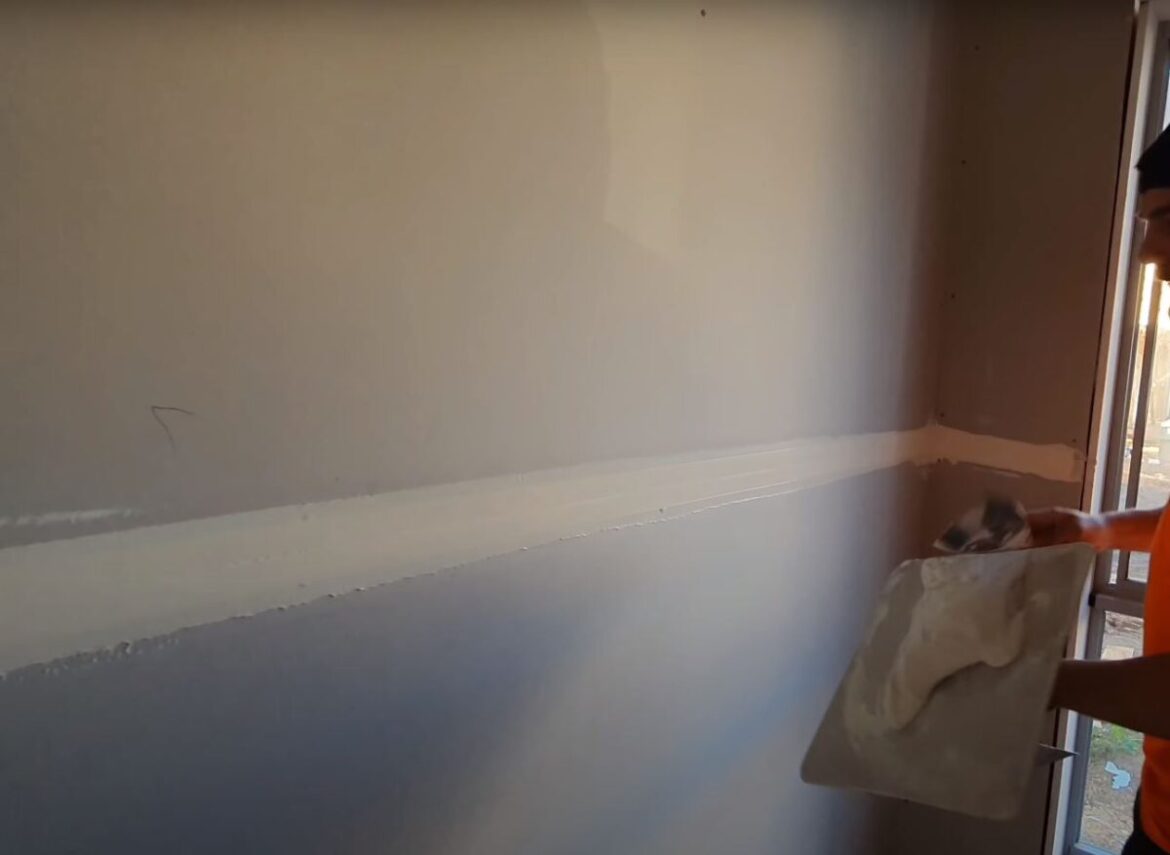Does Plasterboard Need Sealing Before Skimming?
Sealing Plasterboard: A Vital Step Before Skimming
Understanding Plasterboard Composition
Plasterboard, often termed “gib board” locally, is typically made of an inner layer of gypsum sandwiched between two outer layers of lining paper. This material is commonly used for constructing interior walls and ceilings, and its characteristics make it both a practical and versatile option. However, its porous nature means that, without proper preparation, it can absorb the moisture from wet plaster, potentially causing issues when skimming.
The Science Behind Sealing
When you’re dealing with a porous surface like plasterboard, sealing becomes a non-negotiable. The primary reason? Preventing rapid absorption of the moisture from the plaster. If the plaster dries too quickly, it can lead to a range of problems, including:
- Weakness in the finished surface
- An uneven finish
- The potential for future cracks or flaws
By sealing the plasterboard, you’re giving the plaster a fighting chance to bond correctly, ensuring a smooth and strong finish.
Health and Safety First
Always remember, regardless of where you’re situated, from central suburbs to places like Whitford, safety must always be paramount. Here are some key safety considerations:
- Ventilation: Always ensure your working area is well-ventilated, especially when working with sealants or plaster.
- Protection: Protective eyewear, gloves, and a mask can shield you from any dust or chemicals.
- Handling: Especially for larger boards, always have an extra pair of hands or use the appropriate equipment to avoid unnecessary strain or injury.
Why Some Skimp on Sealing
While the process might seem straightforward, you’ll find properties even in places as prestigious as Mairangi Bay where this crucial step has been skipped. Reasons might include:
- Misconceptions about the type of plasterboard used
- Overestimation of the board’s existing seal
- Underestimation of the risks involved in skipping the step
Plasterboard Varieties and Their Needs
| Type | Benefits | Disadvantages | Use Cases | Ingredients | Weaknesses | Mitigation |
| Standard Board | Versatile, Cost-effective | Can be fragile | General construction | Gypsum, lining paper | Porosity | Proper sealing |
| Moisture Board | Moisture-resistant | Slightly costlier | Bathrooms, kitchens | Gypsum, water-resistant paper | Not for exteriors | Ventilation |
| Fire Board | Fire-resistant | Heavy | Areas needing fire protection | Gypsum, glass fibres | Weight | Proper installation |
| Acoustic Board | Soundproof | Specialist installation | Studios, theatres | Gypsum, denser lining paper | Complex installation | Engage a professional |
Ensuring Best Results: Your Plasterers Auckland
While the DIY approach can be tempting, to get the most polished finish that stands the test of time, engaging professionals is the best route. A specialist team, like Your Plasterers Auckland, not only guarantees a stunning result but ensures that all technicalities, from sealing to skimming, are handled with the utmost precision.
In essence, while you can get various types of plasterboards in the market, ensuring proper sealing before skimming is the key to achieving a smooth, lasting finish. Whether renovating a historic property or constructing a new build, giving plasterboard the preparation it deserves ensures lasting beauty and structural integrity.
Skimming and Sealing Plasterboard: Your Queries Addressed
What is the primary purpose of sealing plasterboard?
Sealing plasterboard prevents it from rapidly absorbing moisture from the plaster, ensuring a smooth finish and proper bonding during the skimming process.
Is sealing necessary for all types of plasterboard?
While some plasterboards have specific resistances, like moisture boards, it’s generally recommended to seal all types to ensure a consistent and durable finish when skimming.
Can I skim without sealing the plasterboard?
While possible, skimming without sealing can lead to issues like a weak finish, rapid drying, and future flaws or cracks in the plaster.
How does sealing affect the drying time of the plaster?
Sealing ensures that the plaster doesn’t dry too quickly, allowing it adequate time to bond with the board and cure properly, resulting in a more robust finish.
Are there specific products recommended for sealing?
There are proprietary sealing products available, often termed ‘plasterboard sealers’ or ‘primers’. It’s crucial to choose a product designed for plasterboard to achieve optimal results.
How long should I wait after sealing before I start skimming?
Typically, you should follow the manufacturer’s instructions on the sealer. However, most products require a drying time of a few hours to 24 hours before skimming can commence.
What safety precautions should I take while sealing?
Work in a well-ventilated area, wear protective eyewear, gloves, and a mask to protect against any dust or chemical inhalation.
Does sealing plasterboard have any impact on its fire or sound resistance?
No, sealing is primarily to prepare the board for skimming. It doesn’t affect the inherent fire or sound-resistant properties of specific plasterboard types.
Where can I seek professional help for skimming in Auckland?
Your Plasterers Auckland offers expert plastering services, ensuring technical precision, optimal results, and adherence to best practices in sealing and skimming plasterboard.

